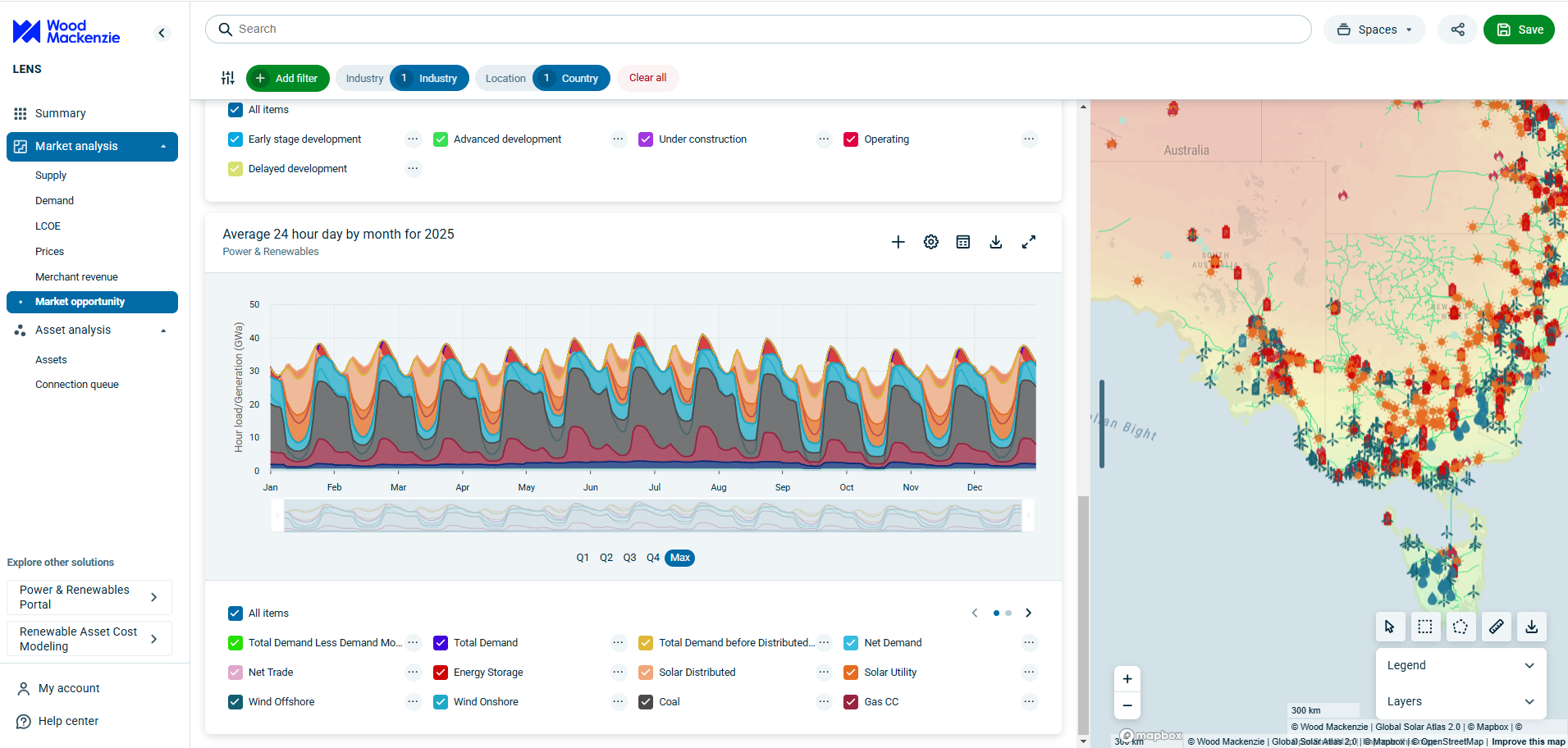2 minute read
Tom Ellacott
Senior Vice President, Corporate Research

Tom Ellacott
Senior Vice President, Corporate Research
Tom leads our corporate thought leadership, drawing on more than 20 years' industry knowledge.
View Tom Ellacott's full profileThe Russia-Ukraine war has thrown the energy trilemma into sharp focus in 2022. All eyes are on finding a new balance between security, affordability and sustainability. The immediate call on oil and gas is for more of both, as fast as possible. Yet the longer-term desire remains for an accelerated shift away from hydrocarbons.
Oil and gas companies have wrestled with this same, somewhat contradictory challenge for the past five years. The crisis of 2022 has generated new opportunities for Majors, Independents and NOCs, but also amplified the challenge and exacerbated the associated risks.
The scene is set for an interesting year ahead as oil and gas companies recalibrate their strategies. In this report, we pick out five key themes – and a few wildcards to watch out for.
Read on for an introduction – and fill in the form for a complimentary copy of Corporate oil and gas: 5 things to look for in 2023.
Capital allocation dynamics will shift as deleveraging slows
The oil and gas sector will largely complete the deleveraging phase of the current cycle in 2023. An elite group of companies will aim for net debt zero to bulletproof balance sheets. More highly geared players will reach their optimal state in 2023, particularly if oil remains above US$80/bbl.
The sector will have unrivalled financial resilience to deal with another price collapse.
Could we see a new annual record for buybacks? Will more players expand the investment wedge? And who’s in pole position to shift gears to high single-digit growth? Read our view in the full report.
The repositioning of oil and gas portfolios will continue
Oil and gas operators will quietly maintain their focus on investing in security of supply while showcasing decarbonisation progress.
Efficiency improvements, upstream electrification, carbon capture and high-quality nature-based offsets will reduce emissions intensity. Net zero greenfield projects will become more commonplace, albeit heavily reliant on offsets. Carbon-advantaged discoveries will push disadvantaged discoveries further down portfolio rankings.
Get our take on how portfolio reconfiguration will continue along more resilient and sustainable resource themes, and what this means for M&A, in the full report. Plus, is this the year that carbon capture, utilisation and storage (CCUS) hits the mainstream?
The Majors will enter a different growth phase in low-carbon energy.

Tom Ellacott
Senior Vice President, Corporate Research
Tom leads our corporate thought leadership, drawing on more than 20 years' industry knowledge.
View Tom Ellacott's full profileThe Majors: building momentum in renewable energy
The Majors will enter a different growth phase in low-carbon energy. Tailwinds from growing and consistent government support – notably the Inflation Reduction Act (IRA) and RepowerEU – will be offset by rising competition, supply chain challenges, permitting and grid-access constraints.
Green hydrogen also faces a pivotal year in which the sector needs to sort the hype from reality.
Could activity surprise on the upside? And while the Euro Majors will drive investment, could the US Majors emerge from the sidelines? Download the full report for our view.
Also in ‘Corporate oil and gas: 5 things to look for in 2023’…
Diversification and inventory depth is back in focus for the Independents – and high prices boost the NOCs’ investment appetite. To read this report in full, fill in the form at the top of the page for your complimentary copy.
This article is part of a series exploring the outlook for upstream in 2023. Our global overview – with a region-by-region breakdown – is coming soon. Sign up the Inside Track to ensure you don't miss out.







